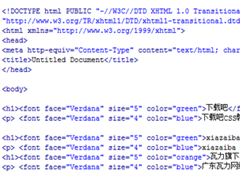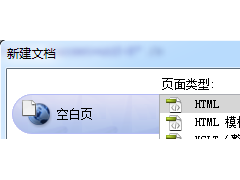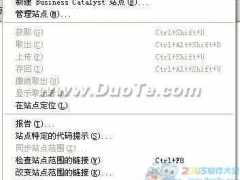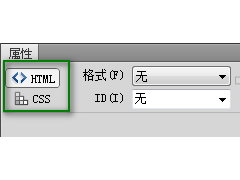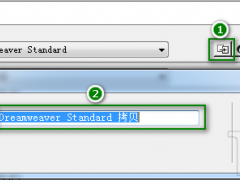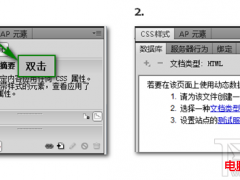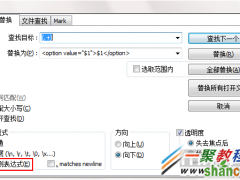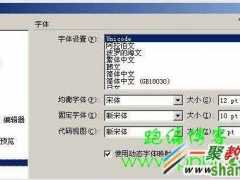这篇文章主要介绍了Python中处理字符串之endswith()方法的使用,是Python入门中的基础知识,需要的朋友可以参考下
endswith()方法返回true,如果字符串以指定后缀结尾,否则返回(False可选限制的匹配从给定的索引开始和结束)。
语法
以下是endswith()方法的语法:
?
1 str.endswith(suffix[, start[, end]])参数
suffix -- 这可能是一个字符串或者是元组用于查找后缀。
start -- 切片从此开始
end -- 切片到此为止
返回值
如果字符串以指定的后缀结束此方法返回true,否则返回false。
例子
下面的例子显示了endswith()方法的使用。
?
1 2 3 4 5 6 7 8 9 10 11 #!/usr/bin/python str = "this is string example....wow!!!"; suffix = "wow!!!"; print str.endswith(suffix); print str.endswith(suffix,20); suffix = "is"; print str.endswith(suffix, 2, 4); print str.endswith(suffix, 2, 6);当我们运行上面的程序,它会产生以下结果:
?
1 2 3 4 True True True False



